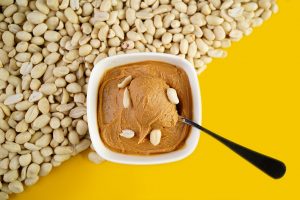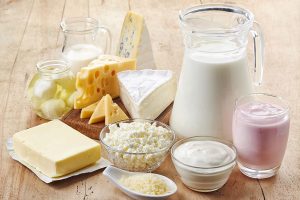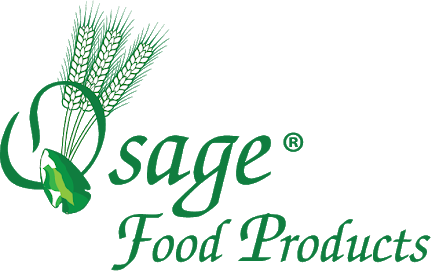There was a 34% increase in new product launches in 2024 that promoted a complete protein on the package, according to Innova Market Insights. In fact, the number of new products launched with the phrase “complete protein” on the package has increased every year since 2021.
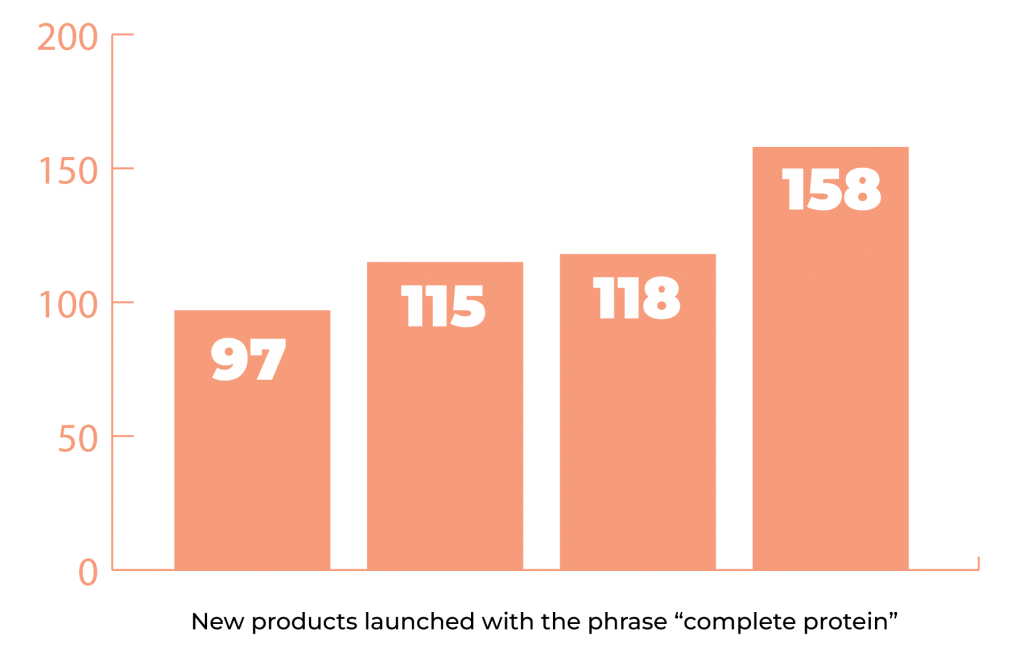
As protein demand increases, consumers are finally starting to understand the importance of a complete protein, and food brands are responding by formulating products with a complete protein profile.
However, there is still confusion from consumers and food brands about what a complete protein profile is—and why it’s important. At Osage Food Products, we’re experts in formulating products with a complete protein profile, and we developed this Complete Protein FAQ to provide the food industry with insight into the importance of attaining a complete protein in food and beverage products.
What is a complete protein?
Simply put, not all proteins are created equal. The quality of the protein and the amino acid profile matters, not just the amount of protein that is added to a product. A complete protein contains all nine essential amino acids in the proportions your body needs for growth, repair and overall health. Essential amino acids are those your body cannot produce on its own, so they must be obtained through diet.
Why is it important to have a complete protein in plant-based food and beverage products?
Complete proteins are vital for building and repairing tissues, supporting muscle development and maintaining a healthy immune system. For consumers seeking plant-based products, offering a complete protein ensures a product meets their nutritional needs, making it more appealing and functional. When using dairy products, obtaining a complete protein is easy. For plant-based products, it’s a bit more challenging.
Do plant proteins naturally contain all nine essential amino acids?
Most plant-based proteins, like rice, pea or hemp, lack one or more essential amino acids or have them in low amounts. For example, rice protein is low in lysine, while pea protein is lower in methionine. This contrasts with animal-based proteins, which are naturally complete.
How can I create a complete protein using plant-based ingredients?
Blending complementary plant proteins is the key to creating a complete protein. For instance, combining pea protein (rich in lysine) with rice protein (high in methionine) results in a complete amino acid profile. This synergistic approach balances the strengths and weaknesses of each protein source.
Are all blends equal in achieving a complete protein?
No, the ratio of proteins matters. To create a truly complete protein, it’s essential to use the right combination of sources in the right proportions. This ensures the final product aligns with the protein digestibility-corrected amino acid score (PDCAAS) or the digestible indispensable amino acid score (DIAAS).
What are PDCAAS and DIAAS?
PDCAAS measures the quality of a protein based on both its amino acid composition and its digestibility. It’s measured on a score of 0 to 1.0, with a score of 1.0 signifying that the protein source is complete and provides all essential amino acids in amounts sufficient to meet human needs, and it is highly digestible. Proteins with lower scores either lack certain essential amino acids or are less digestible. PDCAAS is also determined based on a specific age demographic and “reference standard” set by the Food and Drug Administration (FDA) and the World Health Organization (WHO).
DIAAS is a newer method that considers individual amino acid digestibility in the entire digestive tract. However, it is more expensive than PDCAAS testing, so the food and beverage industries still use PDCAAS.
What are the PDCAAS scores for common plant proteins?
Two of the most popular plant proteins in the food industry today are pea protein and rice protein. Neither is a complete protein, with pea protein ranging from 0.6 to 0.8 and rice protein from 0.5 to 0.6. Although each protein is incomplete individually, blended, they form a complete protein.
Can I promote that my food or beverage product has a complete protein profile on my packaging?
According to the Code of Federal Regulations (CFR), any time a front of package protein claim is made, like “complete protein,” it has to be substantiated with a PDCAAS of 1.0 equivalency for the protein used in the product and reflected in the % daily value. For more information on labeling, read this information from Trustwell.
Do different blends of plant proteins work with different applications?
Yes! Osage Food Products’ SolvPro® line consists of plant protein blends optimized for functionality and nutritional properties in a variety of applications. We also employ masking agent technologies and speciality texturizers to optimize the blends’ flavor profiles and mouthfeels in a finished product. Each of these blends is complete, with a PDCAAS of 1.0.
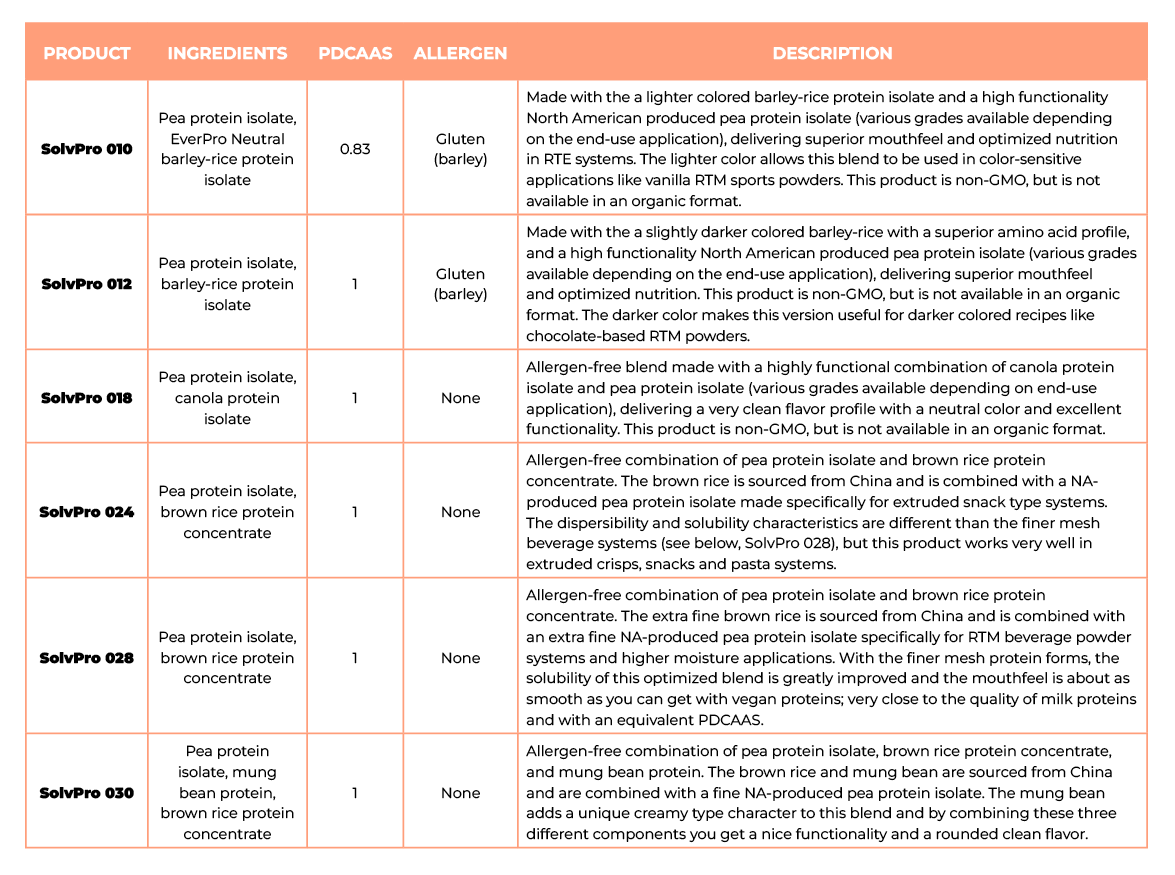
I’m sold on the importance of formulating products with a complete protein. How do I get started?
Osage Food Product’s team of protein specialists would love to chat about your application and product attribute requirements. Contact us here or call (636) 390-9477.

